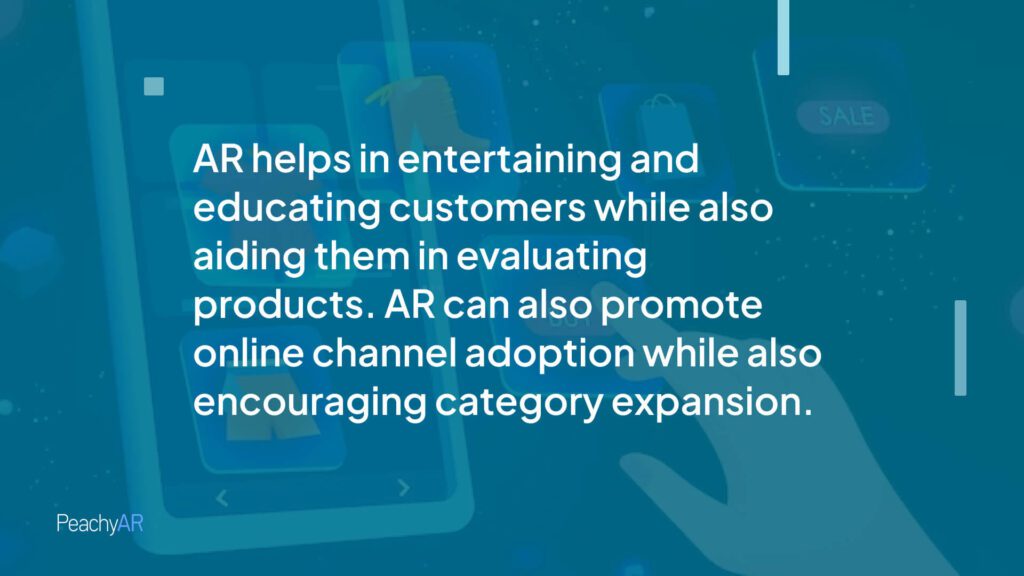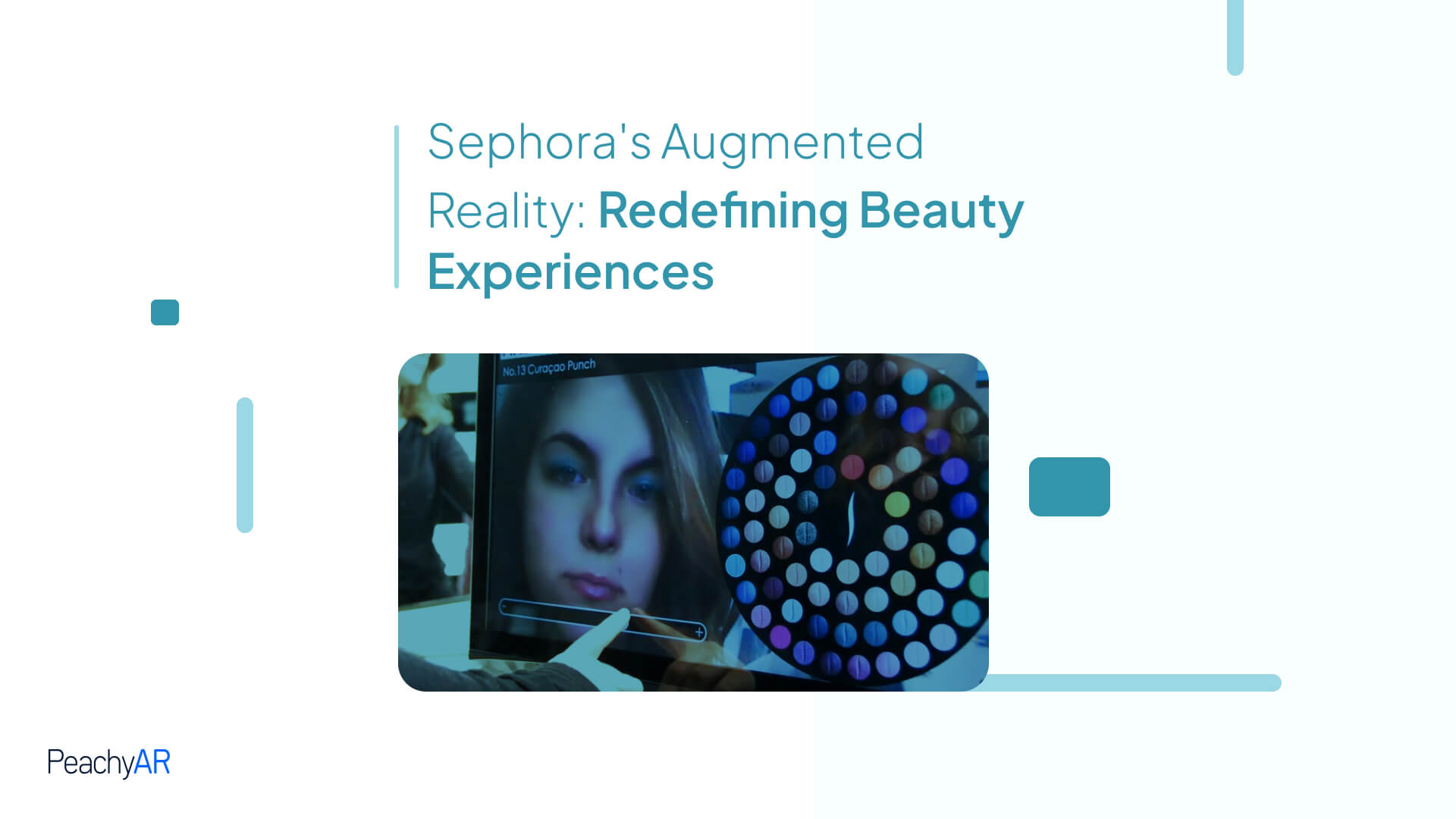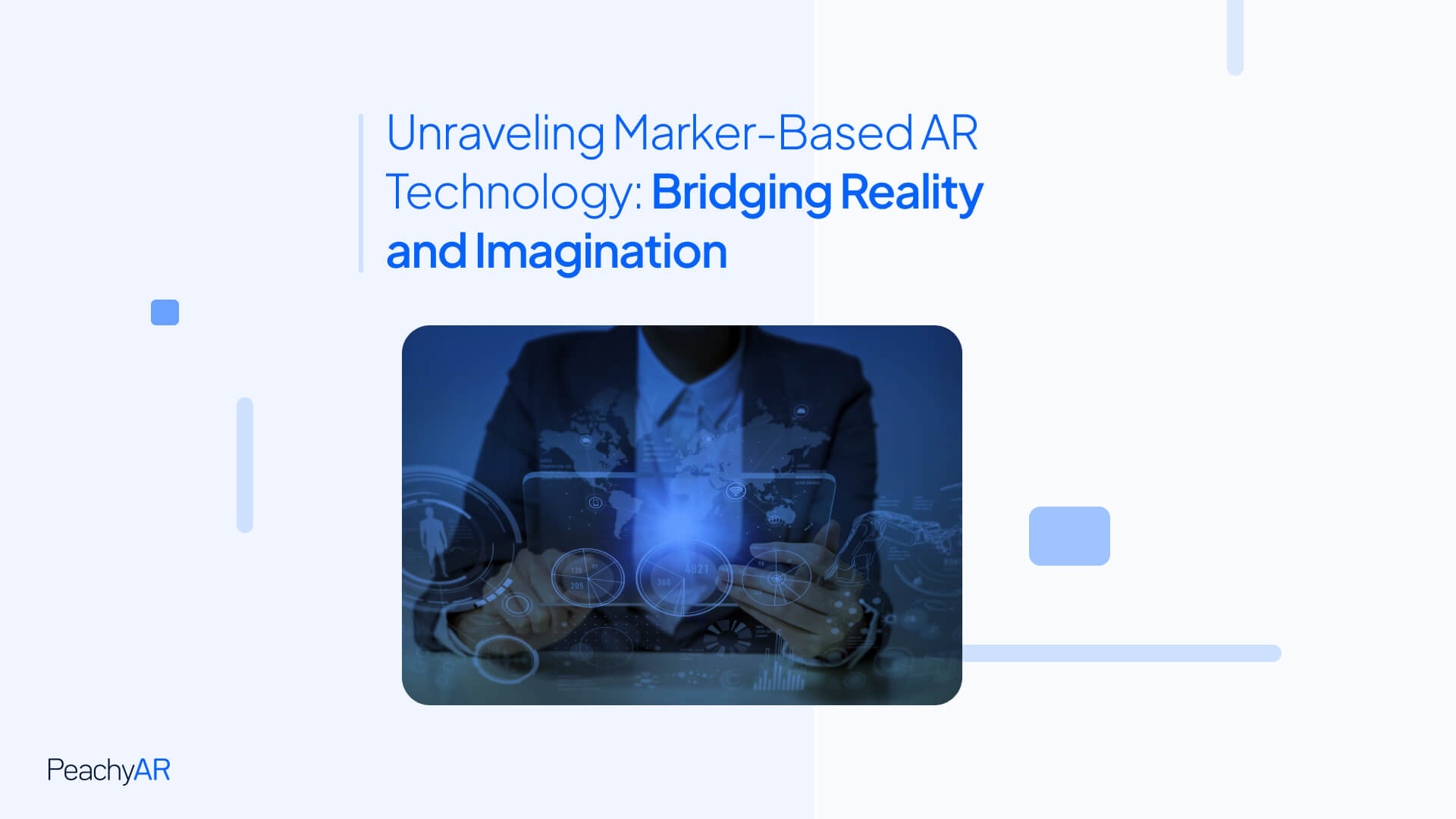Incorporating augmented reality into customer experiences can enhance the customer experience by creating a more immersive and interactive environment and boosting engagement. It allows service teams to showcase products, services, or solutions in a visually appealing and memorable way, leaving a lasting impact on customers. AR can help online and offline businesses enhance how they interact with customers. AR offers the chance to overlay information, images, or other content onto a customer’s view of the world. Read more about AR in Marketing.
Augmented reality (AR) is a technology that superimposes digital content onto the real world, enhancing the user’s perception and interaction with their environment. It can be experienced through devices like smartphones, tablets, or special glasses, allowing users to see virtual objects and information as if they were part of their physical surroundings. AR has many real-world applications; one sector where AR is already applied is customer experience. Forward-thinking firms use AR apps throughout the customer journey to generate more delightful user interactions.
How can augmented reality in marketing improve customer service?
The seven examples below show how AR can improve customer service. They include applications you can provide customers and ways AR can help your staff. They’re far from the only ways you can use AR, but they reflect strategies being applied by various companies:
- Training employees for improved customer understanding and experience.
- Enhancing product visualization.
- Providing interactive product manuals.
- Offering virtual try-on experiences.
- Creating immersive brand experiences.
- Facilitating in-store navigation.
- Enabling virtual product placement.

AR helps entertain and educate customers while also aiding them in evaluating products. AR can also promote online channel adoption while also encouraging category expansion. AR also benefits less popular, less mainstream, and more expensive products.
AR can be used to enhance the customer experience in various ways, such as:
Providing product information and reviews: AR can help customers access relevant and useful information about the products they are interested in, such as features, specifications, ratings, reviews, etc. This can help customers make informed and confident purchase decisions.
Offering personalized recommendations and suggestions: AR can analyze the customer’s preferences, behavior, and context to provide tailored recommendations and suggestions that match their needs and wants. For example, AR can suggest complementary products, accessories, or services to enhance customer satisfaction and loyalty.
Enabling virtual try-on and preview: AR can allow customers to virtually try on or preview products, such as clothes, shoes, glasses, furniture, etc., before buying them. This can help customers visualize how the products would look on them or in their environment and reduce the risk of dissatisfaction or returns.
Creating engaging and memorable experiences: AR can create engaging and memorable experiences for customers, increasing their enjoyment and retention. For example, AR can gamify the shopping process, add fun and interactive elements, or create immersive stories and scenarios that can connect with the customers emotionally.
What are some examples of companies successfully implementing AR to enhance the customer experience?
These are some benefits of using augmented reality to enhance the customer experience. AR can help businesses attract more customers, increase sales, improve customer satisfaction, and build long-term relationships with their customers.
Augmented reality (AR) is a technology that overlays digital information onto the physical world, creating an immersive and interactive user experience. AR has been used by many companies to enhance their customer experience, offering benefits such as increased engagement, personalization, education, and entertainment.
- IKEA
the Swedish furniture giant, which launched an AR app called IKEA Place in 2017. The app allows users to place IKEA products in their homes using smartphone cameras virtually. Users can see how the products fit in their space, match their existing furniture, and adjust the size and color. The app helps users to visualize their purchases, reduce uncertainty, and make informed decisions. Watch Video below ;
the French beauty retailer which introduced an AR feature called Virtual Artist in 2016. The feature enables users to try different makeup products and looks using smartphone cameras or webcams. Users can see how the products look on their faces, compare different shades and styles, and get personalized recommendations. The feature also provides tutorials and tips on how to apply the makeup. The feature enhances the customer experience by providing convenience, fun, and education.
the Danish toy company, which launched an AR app called Lego AR-Studio in 2017. The app allows users to play with virtual Lego sets in real environments using smartphone cameras. Users can interact with the Lego models, watch them come to life, and create their own stories. The app also integrates with physical Lego sets, allowing users to combine digital and physical play. The app enhances the customer experience by providing entertainment, creativity, and innovation.
Starbucks is a global coffee chain that uses AR to create engaging and memorable customer experiences. The Starbucks AR app lets users scan special markers in Starbucks stores, such as posters, cups, and logos, and see animated 3D characters and scenes come to life on their screen. Users can also interact with the characters, take photos and videos, and learn more about the Starbucks story and values. This feature adds fun and excitement to the customer journey, as well as strengthening brand affinity and loyalty.
Gucci is one of the first luxury brands to use AR to let users ‘try on’ sneakers virtually. The Gucci app allows users to scan their feet and see how different models and colors of sneakers would look on them. Users can also take photos and videos of their virtual try-ons and share them on social media. This feature helps users make better purchase decisions and increases brand awareness and engagement.
PeachyAR helps you out.
Are you ready to take your customers’ experience to the next level? Try PeachyAR today and unlock a whole new world of possibilities! With our free sign-up trial, you can explore the power of augmented reality and revolutionize how your customers interact with your brand. Whether you own a retail store, a restaurant, or any other business, PeachyAR can help you create immersive experiences that will leave a lasting impression. Take advantage of this opportunity to enhance your customer experience and drive growth. Sign up for our free trial now!





